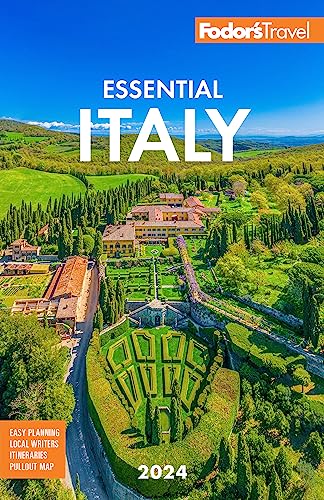Viterbo's moment of glory was in the 13th century, when it became the seat of the papal court. The medieval core of the city still sits within 12th-century walls. Its old buildings, with windows bright with geraniums, are made of dark peperino, the local stone that colors the medieval part of Viterbo a dark gray, contrasted here and there with the golden tufa rock of walls and towers. Peperino is also used in the characteristic and typically medieval exterior staircases that you see throughout the old town.
Viterbo has blossomed into a regional commercial center, and much of the modern city is loud and industrial. However, in Viterbo's San Pellegrino district you’ll get the feel of the Middle Ages—daily life is carried on here in a setting that has remained practically unchanged over the centuries. The Palazzo Papale and the cathedral enhance the effect. The city has remained a renowned spa center for its natural hot springs just outside town, which have been frequented by popes and mere mortals alike since medieval times.




